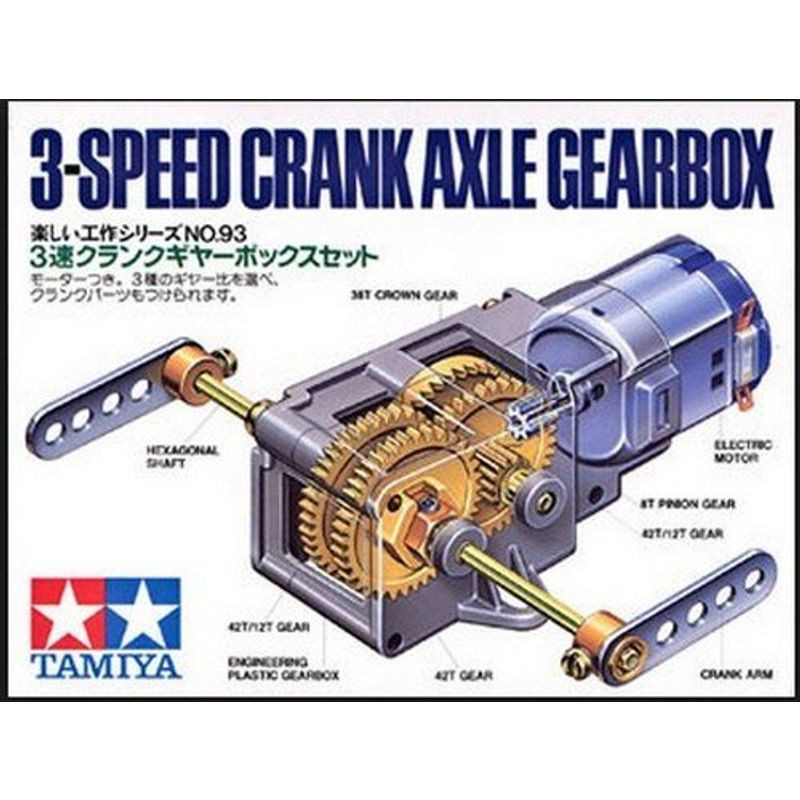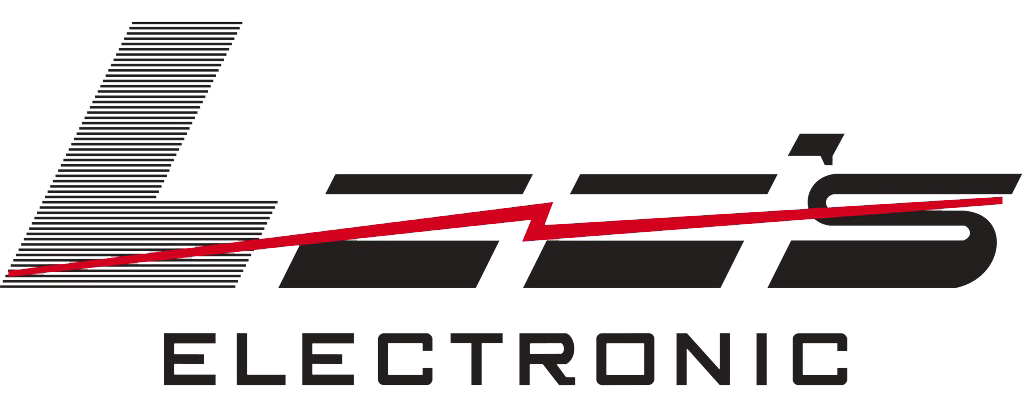


location_on 4131 Fraser St. Vancouver BC Get Directions
phone 604-875-1993 Call us
access_time Hours
| Monday - Friday | 9AM - 5:30PM |
| Saturday - Sunday & Holidays | Closed | See Holiday Hours |








Color options
Complementary products
The output shafts included in this kit are 3 mm hexagonal axles that are 10 cm (about four inches) from tip to tip. The axles work with any of the Tamiya wheels we carry, giving you many options for your robot speed. The low-voltage motors run on 3-6 volts and draw up to a few amps, making them perfect candidates for the Pololu low-voltage dual serial motor controller and the DRV8833 motor driver carrier (2130-POLOLU). Motor overheating can be caused by excessive stalling, even at very low voltages. We recommend that you use stall-detection sensors, or just watch your robot, to make sure that it doesn’t stall for more than a few seconds at a time.
Note that you can replace the motor in this kit with a lower-current, higher-voltage motor (1117-POLOLU) if you want to use this gearbox with controllers such as the qik 2s9v1 dual serial motor controller (1110-POLOLU), TB6612FNG dual motor driver carrier, or Baby Orangutan B-328 robot controller.
|
Typical operating voltage: |
3 V |
|---|---|
|
Gear ratio options: |
17, 58, 204 :1 |
|
Free-run motor shaft speed @ 3V: |
12300 rpm |
|
Free-run current @ 3V: |
150 mA |
|
Stall current @ 3V: |
2100 mA |
|
Motor shaft stall torque @ 3V: |
0.5 oz·in |
|
Color: |
gray |
Notes:
